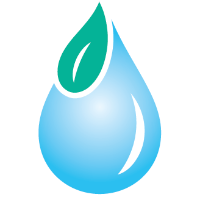Water for Food Global Institute, Daugherty

Daugherty Water for Food Global Institute: Faculty Publications
Date of this Version
12-1-2022
Document Type
Article
Citation
Scientific Reports | (2022) 12:3986
doi:10.1038/s41598-022-07561-1
Abstract
Arctic warming is affecting snow cover and soil hydrology, with consequences for carbon sequestration in tundra ecosystems. The scarcity of observations in the Arctic has limited our understanding of the impact of covarying environmental drivers on the carbon balance of tundra ecosystems. In this study, we address some of these uncertainties through a novel record of 119 site-years of summer data from eddy covariance towers representing dominant tundra vegetation types located on continuous permafrost in the Arctic. Here we found that earlier snowmelt was associated with more tundra net CO2 sequestration and higher gross primary productivity (GPP) only in June and July, but with lower net carbon sequestration and lower GPP in August. Although higher evapotranspiration (ET) can result in soil drying with the progression of the summer, we did not find significantly lower soil moisture with earlier snowmelt, nor evidence that water stress affected GPP in the late growing season. Our results suggest that the expected increased CO2 sequestration arising from Arctic warming and the associated increase in growing season length may not materialize if tundra ecosystems are not able to continue sequestering CO2 later in the season.
Included in
Environmental Health and Protection Commons, Environmental Monitoring Commons, Hydraulic Engineering Commons, Hydrology Commons, Natural Resource Economics Commons, Natural Resources and Conservation Commons, Natural Resources Management and Policy Commons, Sustainability Commons, Water Resource Management Commons


Comments
This article is licensed under a Creative Commons Attribution 4.0 International License